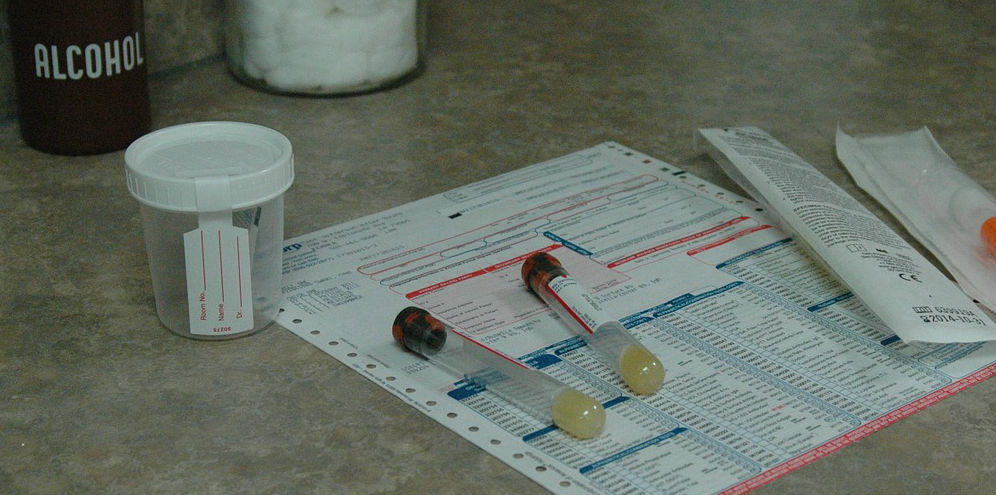Are Truck Drivers Who Fail Drug or Alcohol Tests Caught?

On January 6, the first-ever clearinghouse for failed truck driver drug or alcohol tests came on line. Since then, in less than two months, it has captured nearly 8,000 failed or refused substance abuse tests by truckers.
And some in the trucking industry called this good news.
Yes, stopping big rig drivers with a history of drug or alcohol abuse before they get on the road is a positive step. But 8,000 drug testing violations is a real-life, real-time indication of just how big a risk truckers under the influence of alcohol or drugs are today.
Per federal rules, truck drivers don’t have to register with the Federal Drug and Alcohol Clearinghouse. But to be considered for a new job – either first-time truckers or those switching jobs – employers must access the clearinghouse. So for those who don’t register, they can’t be considered and cleared for a new job.
90% of Truck Drivers Not Registered for Substance Abuse Testing Clearinghouse
In early February it was reported that 90% of truckers seeking jobs had yet to register. And at that time there already were some 3,000 truck driver substance abuse test violations in the clearinghouse.
Which means there could be a sizeable number of commercial truck drivers with substance abuse problems still driving. And, it’s been reported that problems with the new clearinghouse potentially are leaving dangerous truck drives on the road.
One purpose of the clearinghouse is to catch truckers who failed tests from jumping from company to company in an effort to hide or outrun their substance abuse history. Trucking companies are required to check the clearinghouse on each of their truckers once a year. Such records would include a failed test at a previous company.
It’s probable that, this early in, trucking companies have not run the required annual background check on their drivers. Currently the federal government does not alert employers about truckers who have failed drug or alcohol abuse testing by other companies.
So until they are discovered by their current employers, experienced truckers in the clearinghouse for a failed test or for refusing to take a substance abuse test still can be driving.
Mandatory Drug and Alcohol Testing of Truck Drivers
Trucking companies must randomly screen their truck drivers. Based on the number of failed drug tests in 2018, federal rules require companies this year to double the rate of their random drug testing. Truck drivers known to fail a drug test or an alcohol screening test are supposed to be suspended until they complete federally mandated steps.
This “return-to-duty” process involves:
- Evaluation by a substance abuse professional
- Undergoing treatment by the substance abuse professional
- Passing a drug and alcohol use test
The Federal Drug and Alcohol Clearinghouse includes evidence that this process was completed by applicable truck drivers looking to be hired.
In addition to new drivers, truck drivers already on the job who must undergo testing for drugs and alcohol by their employers include:
- Commercial truck drivers involved in a fatal accident
- Commercial truck drivers involved who receive a citation following an accident in which someone is injured
- Commercial truck drivers suspected of driver under the influence of illegal drugs or alcohol
Those subjected to federal testing guidelines are truckers with rigs weighing at least 26,000 pounds or hauling hazardous materials.
In addition to the high rate of failed drug tests, another concern is how many trucking companies are actually using the clearinghouse. In December 2019, Overdrive, a truck industry publication, reported that 43% of companies had not registered for the clearinghouse and another 29% didn’t even know what it was.
It’s good that there is now a better way to stop truckers under the influence from driving. But apparently there still is a long way to go.
If you were seriously injured or had a family member killed in a crash with a commercial truck, consult a truck accident attorney about holding all negligent parties responsible.
The choice of a lawyer is an important decision that should not be based solely on advertisements.
Authored by Gray Ritter Graham, posted in Articles February 28, 2020
